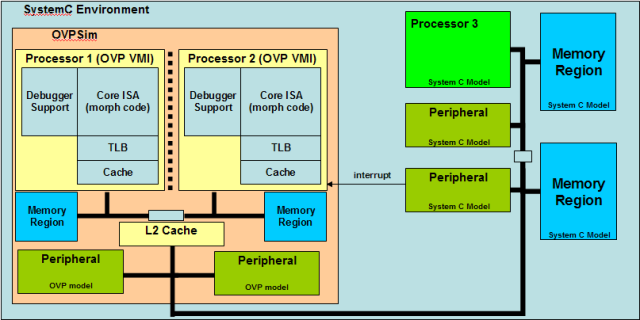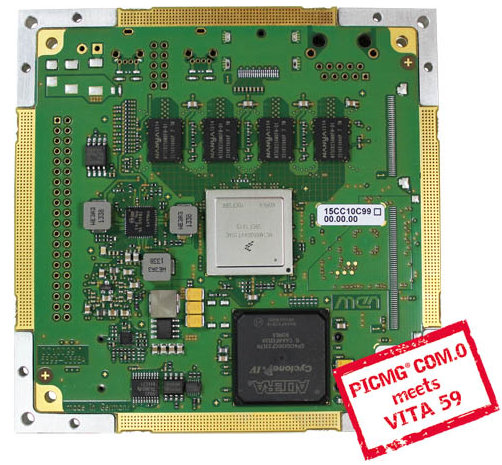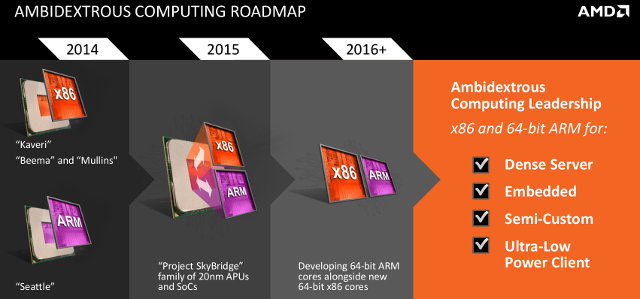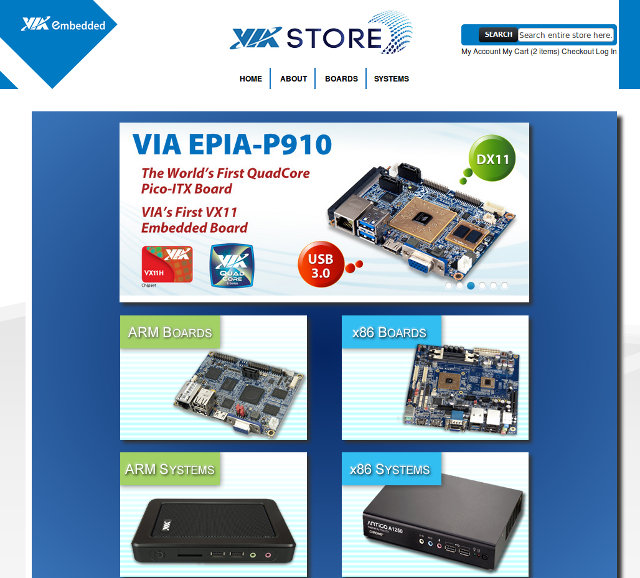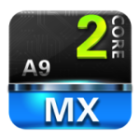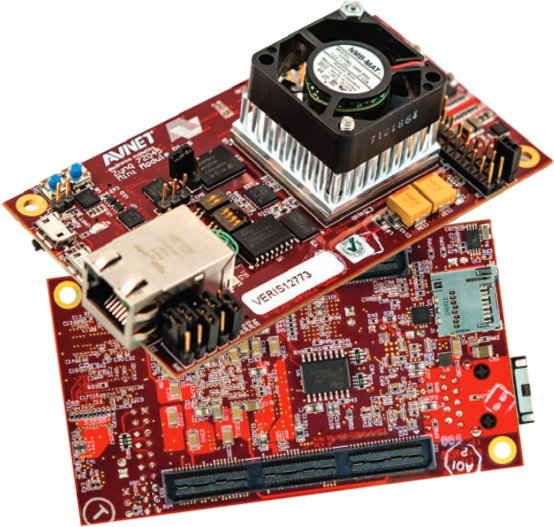Linaro 14.05 has been released with Linux Kernel 3.15-rc5 (baseline), Linux Kernel 3.10.40 (LSK), Android 4.4.2, and Ubuntu has been switched from Saucy to Trusty. More work has been done on big.LITTLE processing and ARMv8 support with notably completing bootstrapping with Debian 64-bit. New hardware platform have started to pop-up such as TI J6-Vayu which must be an evaluation board for Texas Instruments Jacinto 6 dual core Cortex A15 SoC for automotive application, as well as IFC6410, a Snapdragon 600 development board which got a Ubuntu LEB image. This month also marks the first release of Linaro GCC 4.9 toolchain. Here are the highlights of this release: Linux Linaro 3.15-rc5-2014.05 new Android topic (linaro-android-3.15-experimental) uses the resent AOSP code base GATOR version 5.18 (same version as in 2014.04) uprobes topic removed as all patches have been accepted into mainline updated big-LITTLE-pmu topic from ARM LT updated basic Capri board support […]
Imperas Releases ARM Cortex A53 & A57 Open Source Models for OVPsim
Since the end of 2012, it has been possible to use ARM 64-bit Fast models to run code compiled for the new ARMv8 architecture by emulating a 64-bit ARM processor inside an Intel / AMD processor. ARM fast models are not the only “free” option anymore, as Imperas has released OVPsim 20140430 with open source models for ARM Cortex A53 and Cortex A57 cores. OVPsim is a virtual platform that’s available free of charge for personal usage. The simulator itself (OVPsim) is closed source, but processor, peripheral and platform models are released under the Apache License version 2.0. OVP models of the ARM Cortex-A53 and Cortex-A57 are fully instruction accurate models, and you can use them for personal with an additional free license key, but if you want to make use of advanced features such as TrustZone and hardware virtualization you’ll need to purchase a commercial version (Imperas Developer or […]
ARM Based COM Express Modules by MEN Mikro Electronik and Pactron
A few days ago, in a post listing different system-on-module (SoM) standards, I mentioned COM Express standard was targeting SoMs based on x86 processors, and SMARC was the equivalent for ARM. I still understand it’s the case as COM Express standard defines mechanical dimensions that are usually larger than SoM standard for low power processors, some buses found in ARM and x86 are different (e.g. AFAIK LPC and PCI are not found in ARM SoC), and the standard supports high power signals which are not needed in ARM or MIPS processors. Having said that, I’ve been pointed out to two ARM based COM Express modules, which could make sense if you want to use an ARM based module using existing COM Express compatible baseboards. The COM Express modules below feature Freescale i.MX6 and Marvell Armada XP SoCs, and have been designed respectively by MEN Mikro Electronik and Pactron. MEN Mikro […]
AMD Announces ARM and x86 pin-to-pin Compatible APUs and SoCs for 2015, ARM K12 Core for 2016 and Beyond
AMD has designed x86 processor since its inception, and recently they’ve announced ARM Cortex A57 “Seatlle” SoCs targeting servers would be available later this year. They’ve now decided to merge their product line-up even further with Project Skybridge that aims to provide pin-to-pin compatible ARM and x86 SoCs and APUs by 2015, manufactured using a 20nm process. That means AMD’s customers should be able to leverage AMD’s “ambidextrous computing” solutions to design one and only board for x86 and ARM processors for server, embedded, semi-custom and ultra-low power applications. Processors of the “Project Skybridge” family will also be the first ARM based AMD processors to include a GPU (Graphics Core Next GPU), contrary to Seatlle SoCs, which are destined to be used for the server market, and do not come with a GPU. ARM processor will be based on low power ARM Cortex A57 cores and x86 processors will make […]
VIA Embedded Store Launches for Embedded ARM & x86 Boards and Systems
Most of the time for boards and systems targeting industrial or embedded applications, companies will not provide pricing information, and if you want a sample for evaluation, or want to order a few for a project requiring limited quantities, you’ll need to contact sales, talk about your project, volume, schedule, etc… But for VIA Embedded boards and systems, you won’t need to go through this loop anymore, as the company has just launched VIA Embedded Store where you can buy boards such as VAB-820 pico-ITX board or a rugged system such as AMOS-820 directly online without questions asked. I’ve gone through most of the checkout procedure and you can proceed as a guest or by registering, and they’ll just ask billing and shipping information, shipping method, and payment method selection (Only Paypal at this time). It’s a simple as that, no need to fill some “I’m not a terrorist” forms […]
Amlogic STB SoCs Comparison – AML8726-MX, S802, S805, and S812
The second quarter of 2014 is promising to be an exciting time for Android TV boxes based on Chinese SoCs with lots of announcements. Devices powered by Amlogic S802 quad core SoC such as M8 and Vega S89 are already available, Rockchip RK3288 Android TV boxes are likely to sell in May, together with AllWinner A80 development board and tablets, and Android media players probably coming to market in June or July. But Amlogic S802 is not the only new quad core processor announced by Amlogic, with S805 and S812 soon to be featured in HDMI TV sticks and TV boxes. Amlogic IP/OTT STB SoC page has a comparison table for their four STB SoC. Let’s go through this table to see which processor may better match different end-users requirements. Multi-core CPU Dual Core ARM Cortex A9 Quad Core ARM Cortex A9 Quad Core ARM Cortex A9 Quad Core ARM […]
Xilinx Zynq-7000 All Programmable SoC Mini-Module Plus System-on-Module
In January 2014, Avnet announced Xilinx Zynq-7000 All Programmable SoC Mini-ITX board featuring Xilinx Zynq-7045 or Zynq-7100 ARM + FPGA SoC, and more recently, the company has launched “Xilinx Zynq-7000 All Programmable SoC Mini-Module Plus” systems-on-module (SoM) based on the same platforms, as well as a corresponding development kit including a baseboard and a power module. The SoM and development platform target PCI Express, embedded controllers, general-purpose prototyping, networking and communications, storage and servers, and Ethernet/Internet applications. Xilinx Zynq-7000 Mini-Module Plus specifications: SoC- Xilinx Zynq-7045 or Zynq-7100 dual core Cortex-A9 @ up to 1GHz with FPGA (350K or 444K logic cells) System Memory – 1GB DDR3 SDRAM Storage – 128MB parallel flash, 32MB QSPI flash, 8KB EEPROM, and micro SD slot Connectivity – Gigabit Ethernet USB – USB 2.0 OTG port Debugging – USB UART, JTAG programming/configuration port, PJTAG header User’s IO via dual board-to-board connectors: 132 User I/O (66 […]
Embedded Linux Conference 2014 Schedule
The Tenth Embedded Linux Conference (ELC 2014) will take place on April 29 – May 1, 2014 at the San Jose Marriott in San Jose, California. The event will feature 90+ sessions on embedded Linux, Android and IoT with over 450 attendees expected to attend. It will also be co-located with Android Builders Summit and the AllSeen Alliance Hackfest. Even if you can’t attend it’s still interesting to see what will be discussed at the event to get a grasp of on-going developments, learn a few things about different optimization techniques, and so on. So I’ve gone through the sessions’ description, and I’ve designed my own virtual schedule with sessions that could be of interest. April 29 9:00 – 9:30 – Keynote: The Paradox of embedded and Open Source by Tim Bird, Sony Mobile Linux has taken the embedded world by storm. Billions (with a ‘B’) of devices have now shipped […]



